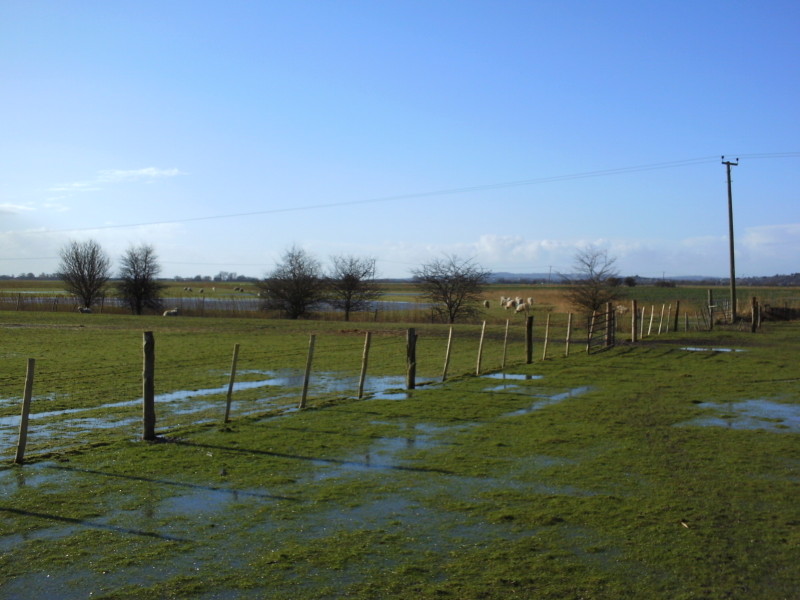Exciting times are afoot for Romney Marsh as the Fifth Continent team starts consulting on a new project. The Marsh is the fifth continent, according to Reverend Richard Barham (1837) , author of “The Ingoldsby Legends” who divided the world into Europe, Asia, Africa, America and Romney Marsh. The Fifth Continent Landscape Partnership Scheme, funded by the Heritage Lottery Fund, will target 28,000 hectares of the area , representing 86% of the Romney Marsh’s living landscape (242 square kilometres).
Ewa Prokop from the Kent Wildlife Trust, the Fifth Continent project officer, said: “We hope to develop lots of projects that involve the community as there are 15 separate strands to the Fifth Continent Scheme, which include such things as surveys and restoration of special habitats; historical research of built and archaeological heritage; promotion of local medieval churches, and the initiation of a “New Lookers” community policing project.”
Other strands include the “capturing of oral histories of local communities; encouragement of sustainable tourism; running of heritage and arts activities; and instigating traineeship and apprenticeship”.
The Romney Marsh is one of England’s most distinctive landscapes as it is largely tree-less, flat and open and has formed over millennia through the actions of nature. The River Rother used to flow across the Marsh joining the sea above Dungeness at Romney (an important port since Norman times), but the great storm of 1287 created a new route by depositing large quantities of shingle and mud in the mouth of the river, and the new route for the river was to flow into the sea near Rye.
Human effort has claimed the land from the sea and much of the landscape lies below sea level. But seawalls provide the necessary protection from flooding and the Romney Marsh is much-loved by residents and visitors – with 25,000 residents living on Romney Marsh, mainly in New Romney, Lydd, Dymchurch and Camber, with smaller communities in villages. And it harbours 13% of the UK’s coastal and flood plain grazing marsh, 12% of the nation’s reed beds and 5% of Britain’s coastal vegetated shingle.
The landscape is special for its impressive array of built heritage features. The Rhee Wall is a 13th Century canal built between Rye and New Romney, used to flush sediment from Romney’s harbour. The area boasts 14 medieval churches, with military structures spanning the period from Roman times to World War II, including Martello Towers from the Napoleonic period (early 1800s) and sound mirrors in the 1920s (a very primitive form of radar). Farming heritage is represented in the form of “Lookers Huts”, which provided temporary shelter for shepherds, particularly during lambing, in the days before quad bikes.
The range of national and international wildlife designations placed on the area enriches its wildlife importance, and farming on the Marsh is mainly arable crops and old pasture used for sheep grazing. The Romney Marsh breed of sheep is an important legacy of farming history in the area, and the land is criss-crossed by an intricate “wet fence” drainage system.
The Marsh’s cultural heritage is diverse and highly distinctive too. It has helped and still helps to define perceptions of the area. Visual and literary artists strongly associated with the Marsh include Paul Nash, John Piper, Rudyard Kipling, Russell Thorndyke (Dr Syn and smuggling), E dith Nesbit, Fay Godwin and film-maker Derek Jarman.
Photo: Dennis Leeds-George



